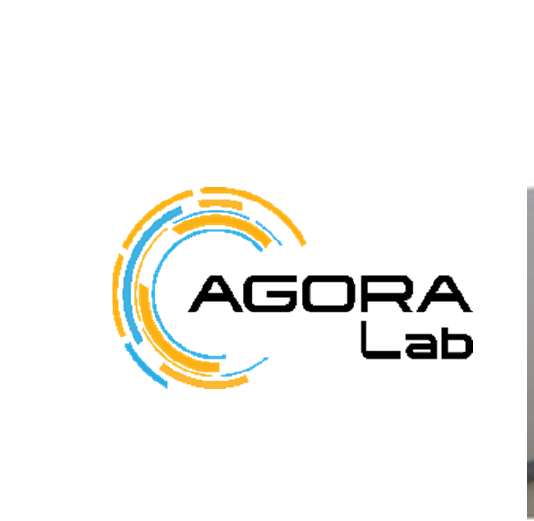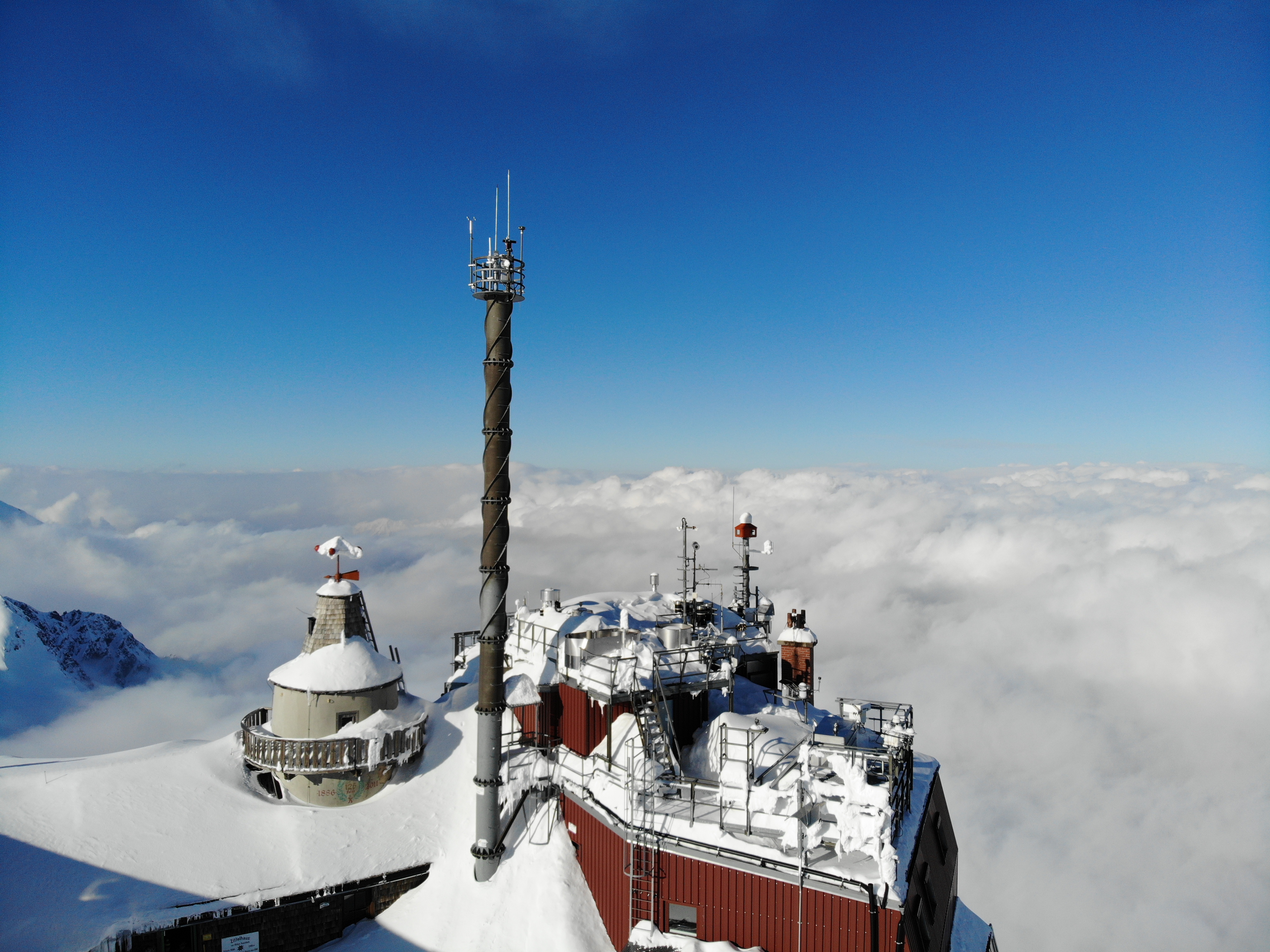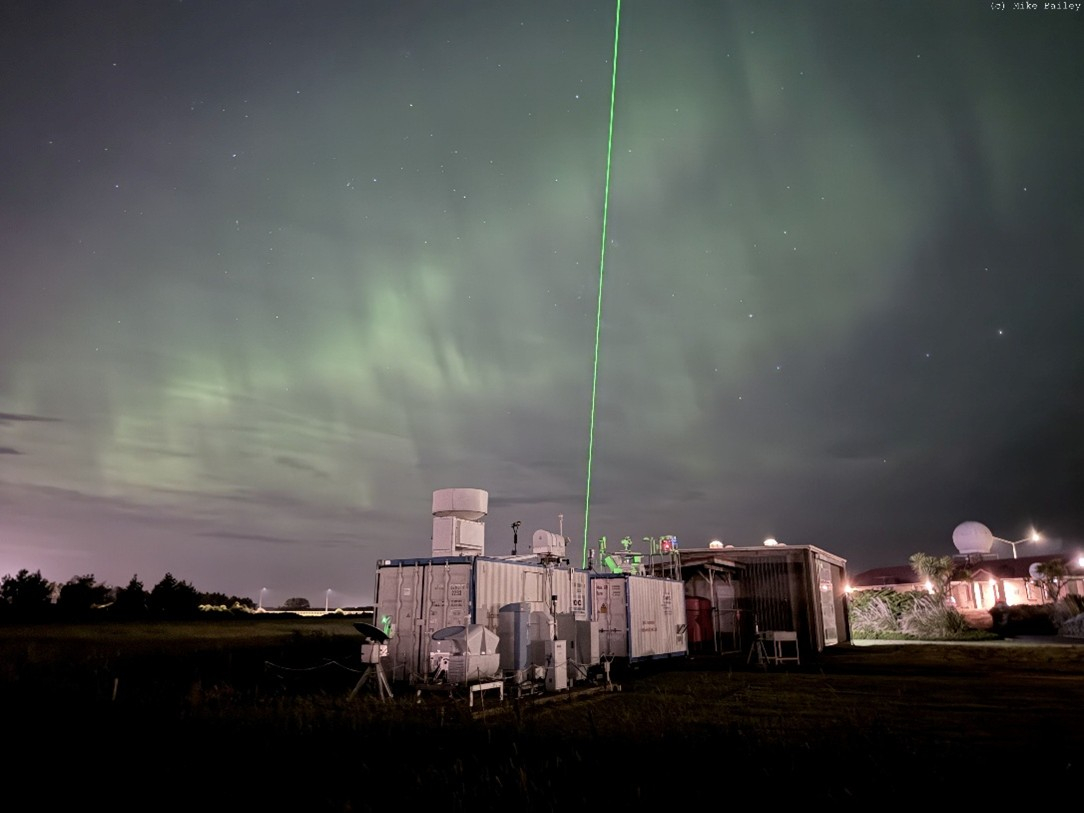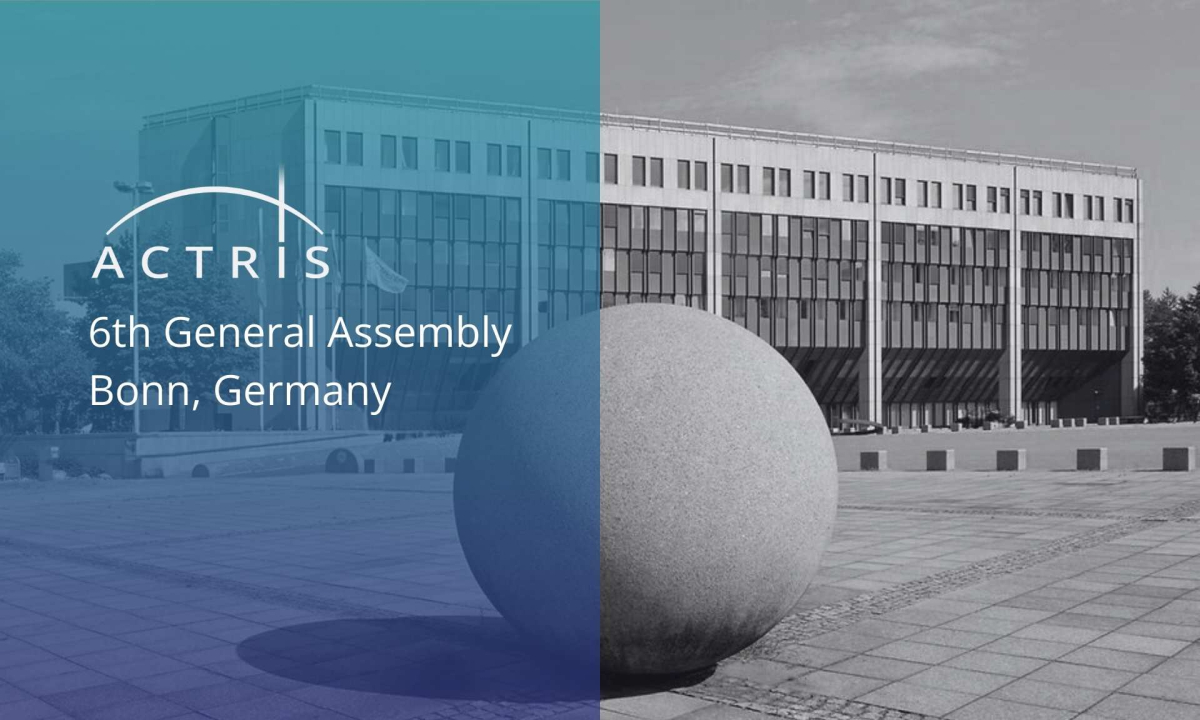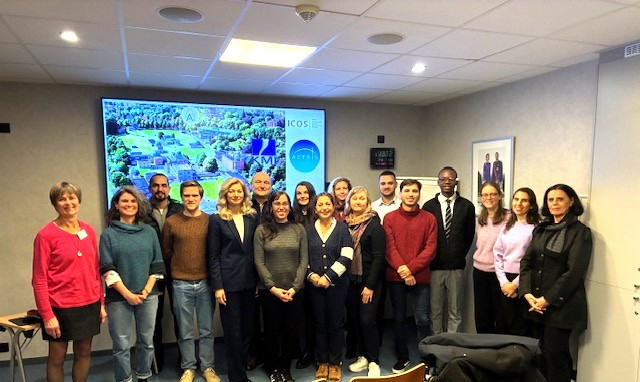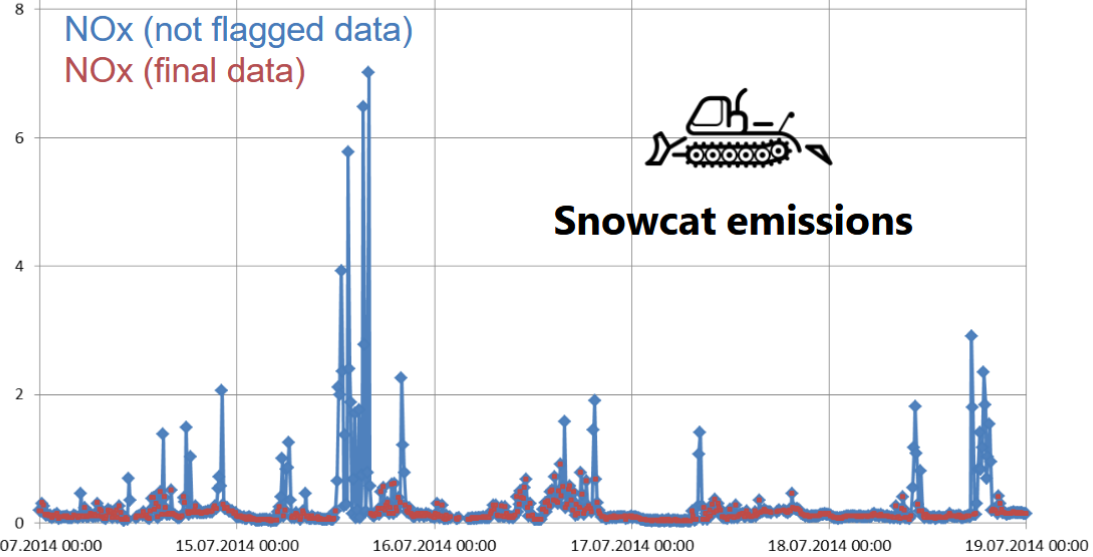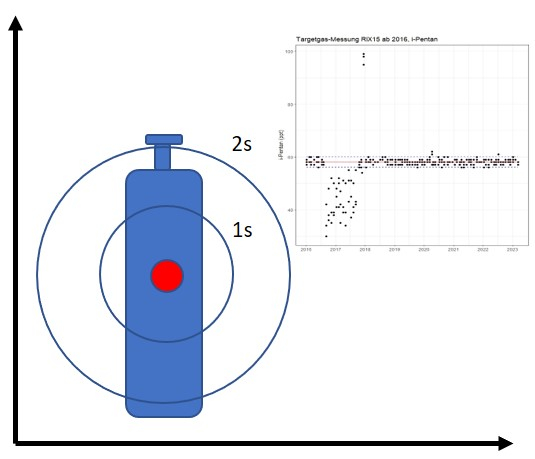RI committee
To be added
Central Facilities
The Central Facilities represent the key operative entities of ACTRIS and have a fundamental role as they provide services to the users according to the ACTRIS access policy as well as operation support to the National Facilities to increase their performance as well as participate in ACTRIS governance and management.
Each Central Facility may have several operational Units that can be situated in the same or different locations and are operated by research-performing organizations or by ACTRIS ERIC.
National Facilities
The National Facilities consist of Observational and Exploratory Platforms, developed, managed and operated by national research-performing organizations.
Observational Platforms are fixed, ground-based stations located within Europe and at selected global sites. They acquire reliable high-quality data on the variability of aerosol, clouds and trace gases and their complex interactions by applying standardized remote-sensing and insitu measurement techniques.
Exploratory Platforms comprise atmospheric simulation chambers,laboratories and mobile platforms. They perform dedicated experiments and provide quality-controlled data on atmospheric compounds, processes, events or regions of relevance by following common standards. Exploratory Platforms and selected Observational Platforms also provide physical and remote access to users, which is centrally managed via Single Access Management Unit, following the ACTRIS Access and Service Policy.
National Facility PIs
National Facility PIs have an official role in ACTRIS, taking care of ACTRIS observational and experimental platforms. Thus, concerning the responsibilities towards ACTRIS they are not acting only as the PI of their host institution. Similarly to the Heads of Units, they act as interface towards the ACTRIS community and to the users. They act as a link between the platform and the Central Facilities and represent the facility in the National Facility Assembly. The PIs need to secure that the data is produced according to ACTRIS rules.
National Consortia
ACTRIS has a large European-wide community involving more than 100 research-performing organizations across 22 countries. Each country has its own national consortium, which consists of various partners such as universities, research institutes, and governmental bodies. These national consortia collaborate closely with the central ACTRIS facilities to coordinate operations, provide services, and support research activities at both national and European level.
A national ACTRIS consortium is a group of research performing organizations in a country that have declared their interest towards ACTRIS. They shall have a formal collaboration agreement among them, and an agreed governance/management structure. The national ACTRIS community consists of National Facility PIs, technicians, system engineers, researchers etc., and national ACTRIS coordinator who brings the community together, talks to the ministries and funding agencies and participates in ACTRIS meetings together with his/her colleagues. The national ACTRIS consortium shall nominate a National ACTRIS Contact Person for the relation with the European ACTRIS.
National Contact Persons
National Contact Person (NCP) handles the communication between the European level ACTRIS and the national ACTRIS consortium. National Contact Person is mandated by the national consortium and acts as the link between the national consortium and ACTRIS ERIC. The NCP who is in charge of representing the national ACTRIS contribution (considering the diversity and complexity) towards ACTRIS should work closely with the respective General Assembly (GA) delegate. NCP could act as expert supporting the representative in the GA. The NCP should also be active in the ACTRIS National Facility Technical and Scientific Forum. The NCPs will have joint meetings together with the ACTRIS Head Office on topical issues twice a year. ACTRIS ERIC Head Office is responsible for the active communication to the national ACTRIS consortia, including the potential new ones.

